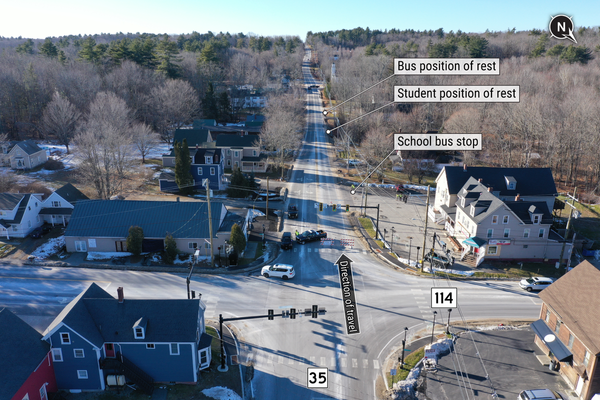In upholding the conduct of a survey by the Archaeological Survey of India (ASI) at the Gyanvapi mosque, the Allahabad High Court may have endorsed a surreptitious attempt to alter the character of the place of worship. Both the High Court and the Varanasi District Court, which ordered the ASI survey on July 21, had held earlier that the suit filed by some Hindu devotees to assert their right to worship some deities and images within the mosque precincts was not barred by the Places of Worship (Special Provisions) Act, 1991, which froze the status of all places of worship as on August 15, 1947. The reason given was that the suit was solely for the right to worship and not to seek any declaration that the building was a temple. In brazen contradiction to this stand, the worshippers filed applications seeking a scientific survey by archaeologists to ascertain whether the Gyanvapi mosque was built on the demolished structure of a Hindu temple. Both courts have endorsed this strategy of gathering official evidence, currently not available to the plaintiffs, through the ASI. The District Court’s order merely said a scientific report would bring out the “true facts” about this case and help it arrive at a just and reasonable conclusion. The High Court has dismissed all objections, including the ones that said the court cannot ask for expert evidence even before the issues to be tried were framed, and that it cannot gather evidence on behalf of the plaintiffs.
The courts have not dealt with the question why it is necessary to determine the date of pillars and walls and make a list of artefacts, when the main prayer in the suit is for the right to worship Ma Sringar Gauri, Ganesh, Hanuman and other “visible and invisible” deities. The entire case is based on the assertion that Hindu deities were being worshipped at the site before and after August 15, 1947. And that daily worship of these deities was going on till 1990, and that after 1993, it is permitted one day every year. The plea for a survey and the intent to rake up the question of an earlier structure under the mosque indicate a design to create conditions for seeking an alteration to its status. An earlier order asking an Advocate-Commissioner to study the premises led to a claim that what was likely a sprinkler or fountain was a ‘shivalingam’. It is unfortunate that the courts are encouraging motivated litigation directed at Muslim places of worship. Each time such an application is filed, it raises the spectre of incremental injustice from an abuse of the legal process.







